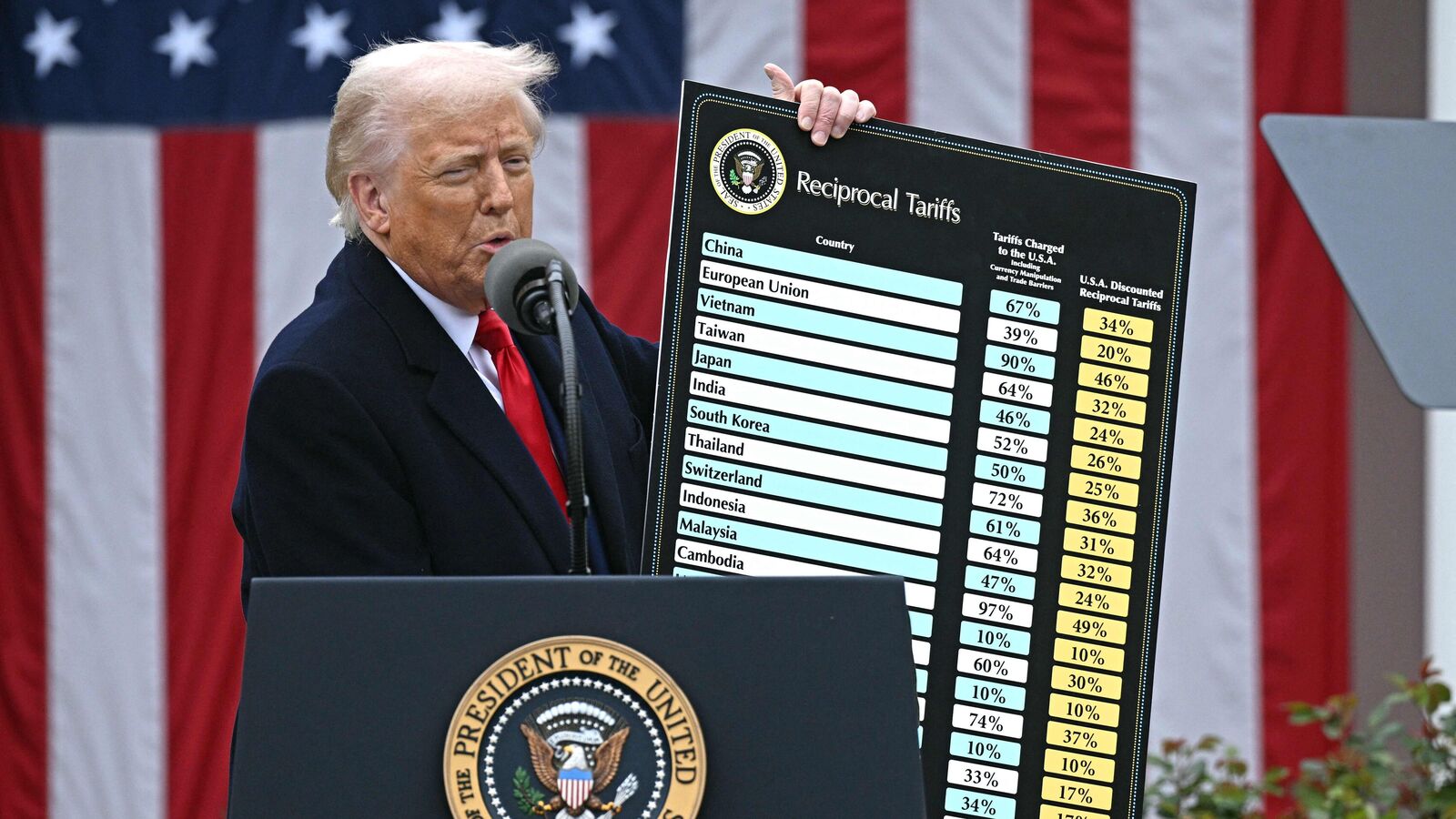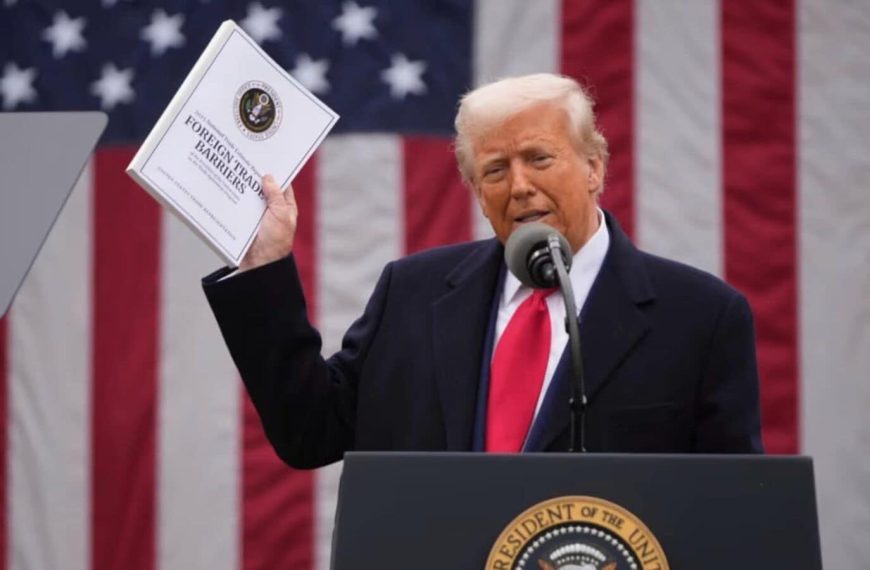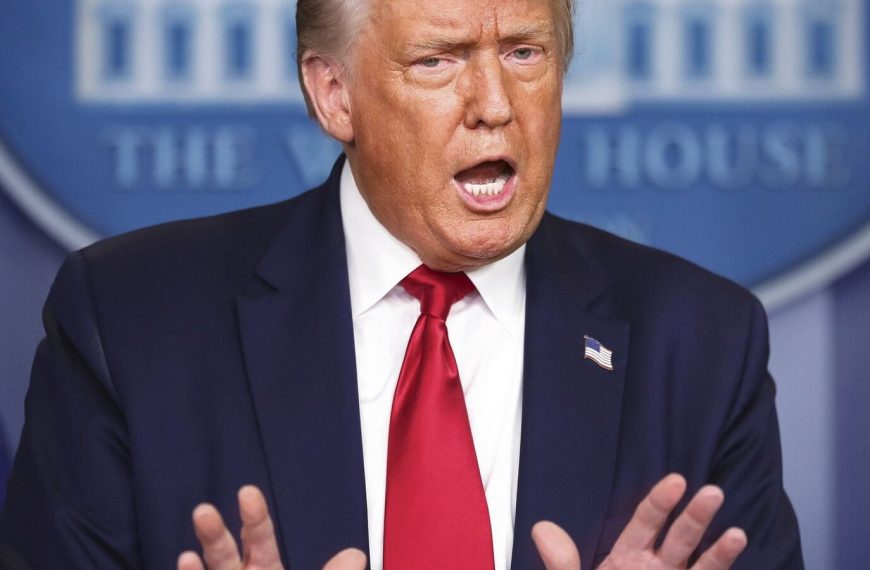The recent announcement from President Donald Trump regarding a sweeping tariff policy has sent ripples through international trade. With a new mandate imposing a minimum 10% duty on nearly all goods entering the United States, the White House’s intention is clear: to rectify trade disparities and strengthen domestic industries. Trump emphasized the necessity of these measures, pointing to “horrendous imbalances” in the trade sector that he believes have jeopardized the nation’s industrial foundation and posed security concerns.
Impact of Trump’s Tariffs on India
On April 2, Trump designated this day as “Liberation Day,” marking the implementation of extensive reciprocal tariffs affecting 180 countries. For India, a notable 26% reciprocal tariff was introduced—an amount significantly lower than the tariffs India levies on U.S. imports. This shift is poised to reshape the trade dynamics between the two nations.
- Automobile Sector Impact: The new 25% tariff on automobile imports is expected to challenge Indian automakers like Tata Motors, impacting their exports to the U.S.
The Trade Imbalance: What it Means for India and the U.S.
In the fiscal year 2024, Indian exports to the United States totaled $77.5 billion, making the U.S. the largest destination for Indian merchandise, accounting for over 18% of total exports. Conversely, imports from the U.S. dropped to $42.2 billion, reflecting a 17% decline. This trade imbalance has been a focal point for Trump’s tariff initiative.
Ajay Srivastava, co-founder of the Global Trade Research Initiative, suggests that India should prepare to respond once the U.S. issues its list of demands. He noted that India is increasingly sourcing military and oil products from Russia and the UAE due to lower prices, which complicates the decision to rely on U.S. imports.
Overall Economic Relations and Future Considerations
Srivastava urges the U.S. to consider broader economic relations rather than focusing solely on the trade deficit. He underscores the importance of India as a significant market for U.S. businesses across various sectors.
Details of the Tariff Implementation
The new tariff structure will take effect on April 5 at 12:01 AM ET, which translates to 9:30 AM IST on the same day. A 10% tariff will be levied on imports from all countries, excluding those adhering to the U.S.-Mexico-Canada Agreement (USMCA). Non-compliant nations will face a 25% tariff. Additionally, the tariffs targeting around 60 countries with favorable trade surpluses against the U.S. will be set at 50% of the rates those nations impose on American goods, commencing on April 9 at 12:01 AM ET.
In summary, as the Trump tariff war unfolds, the implications for international trade, particularly for India, are significant. The evolving landscape will require careful navigation and strategic responses from Indian policymakers and businesses alike.











